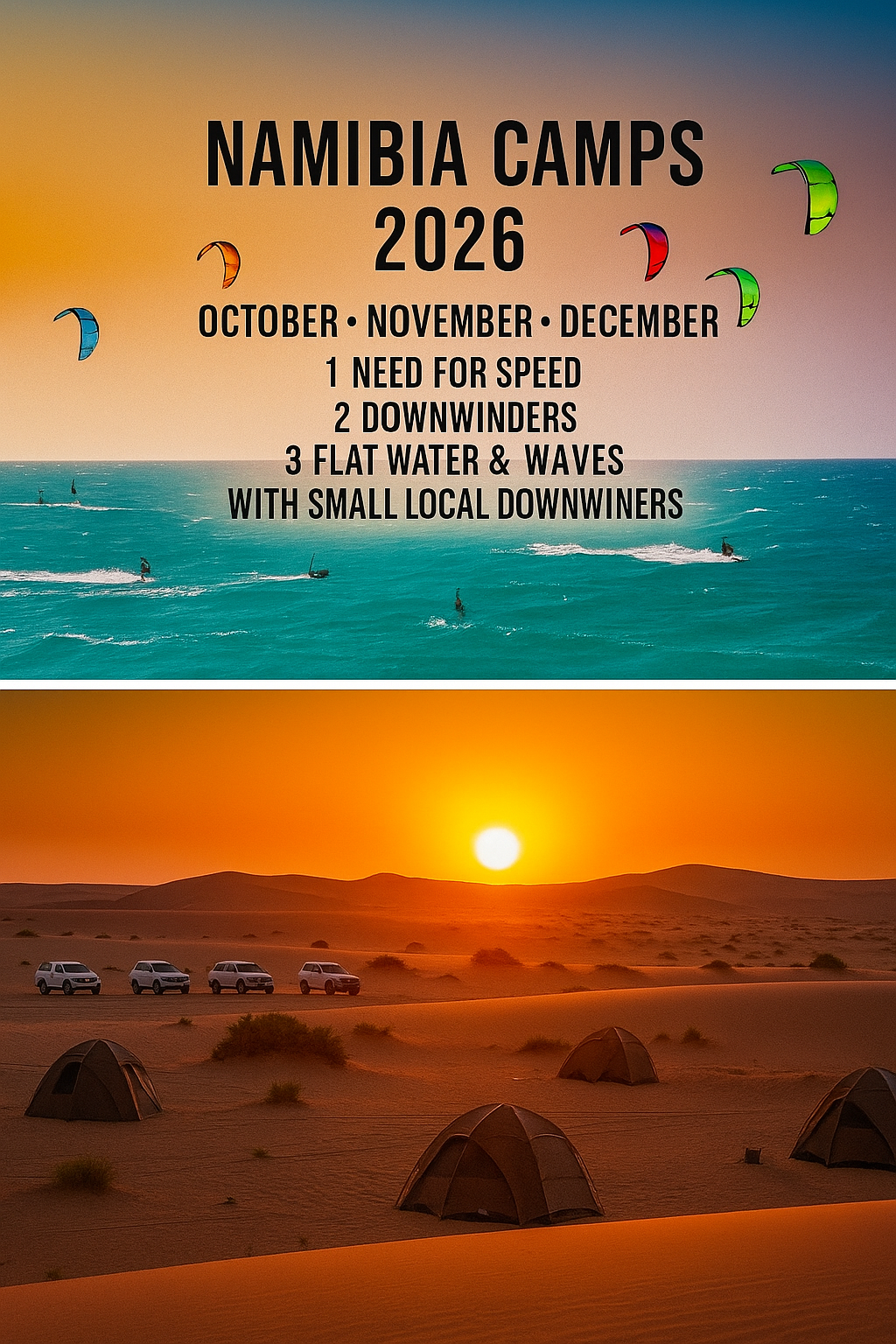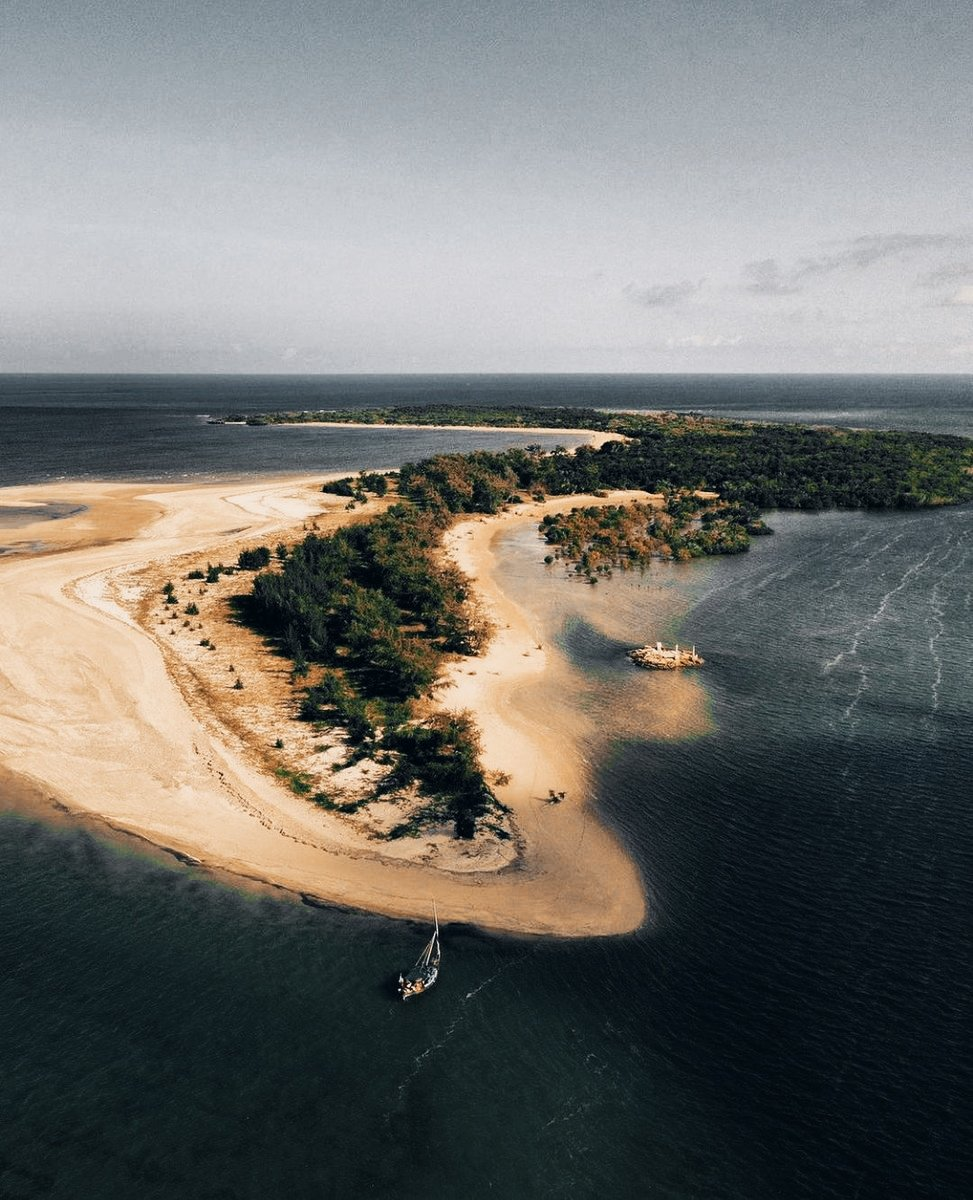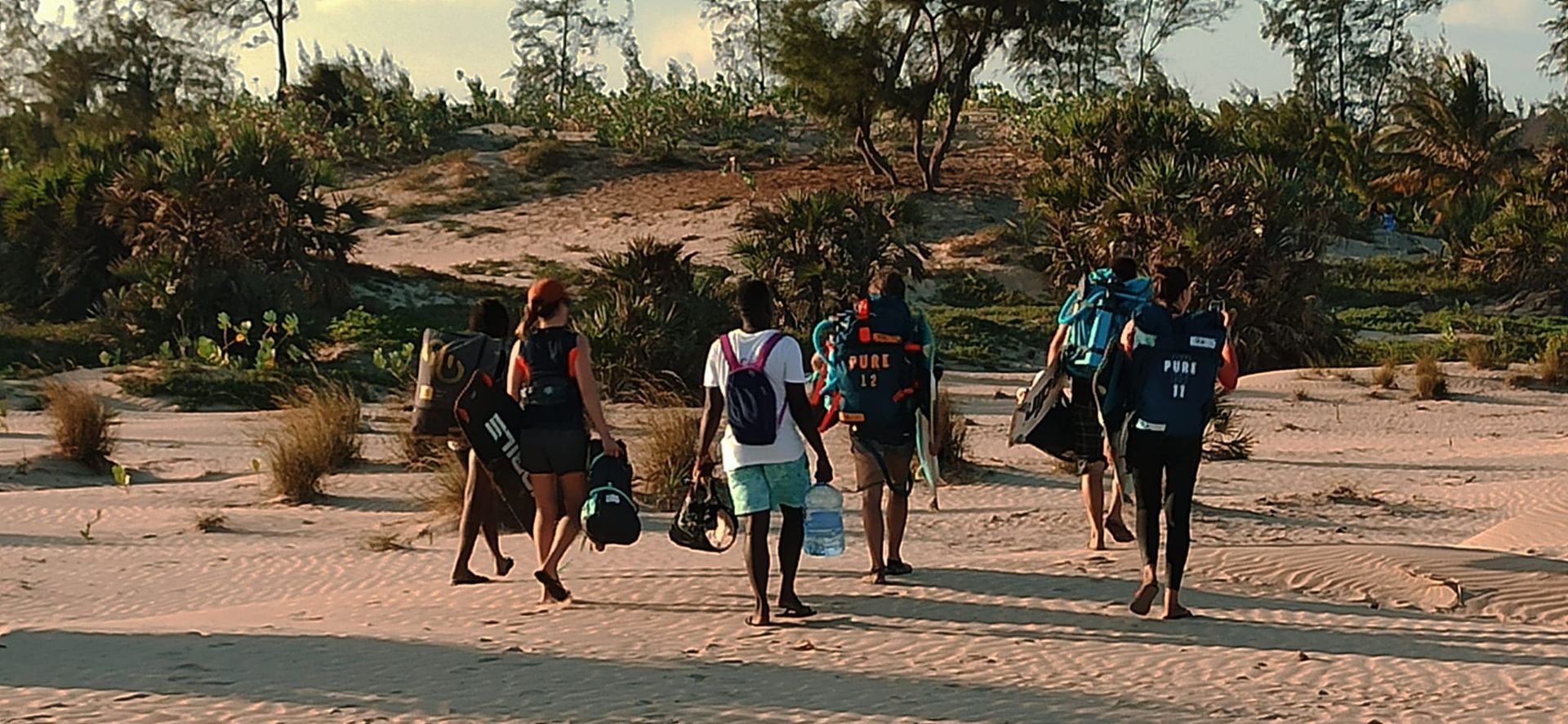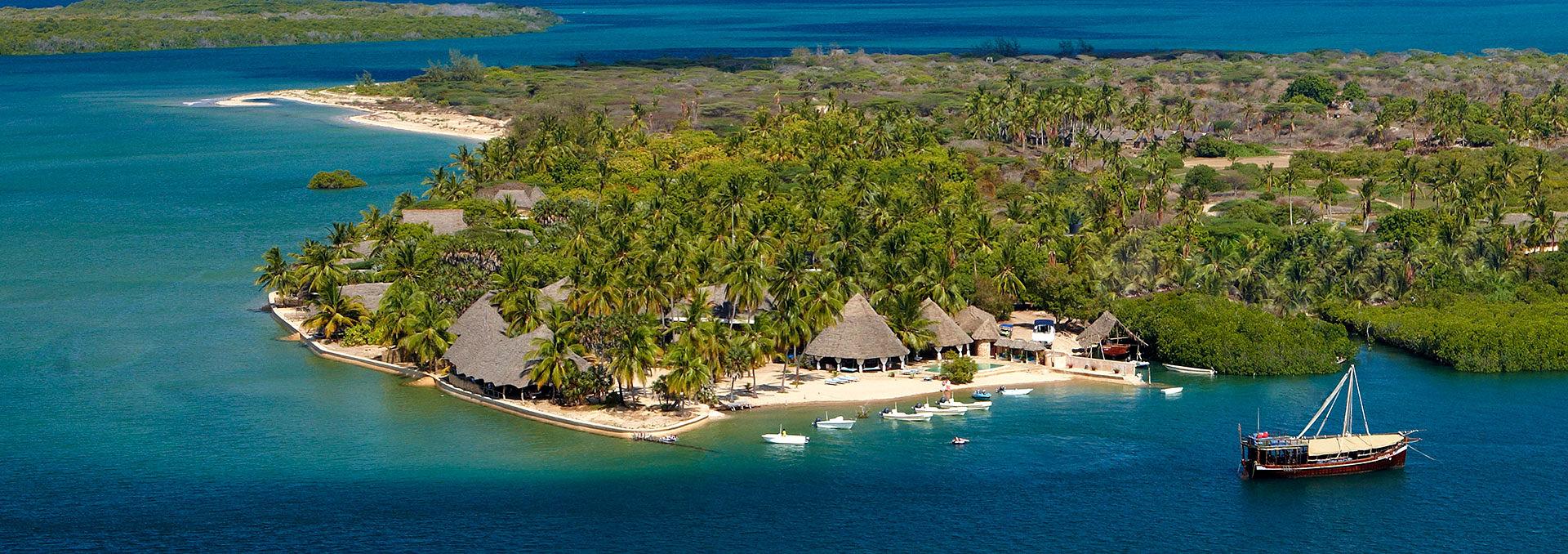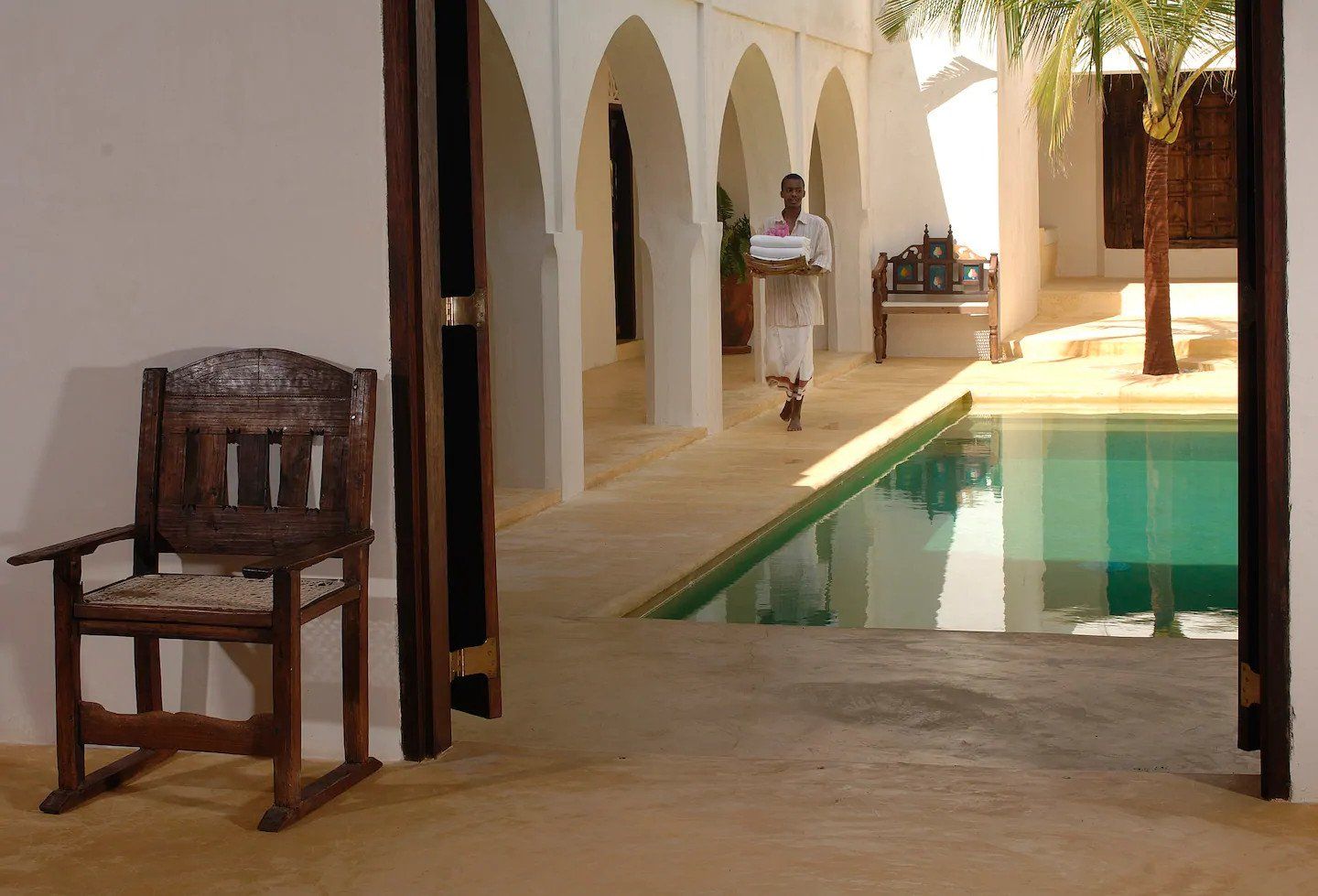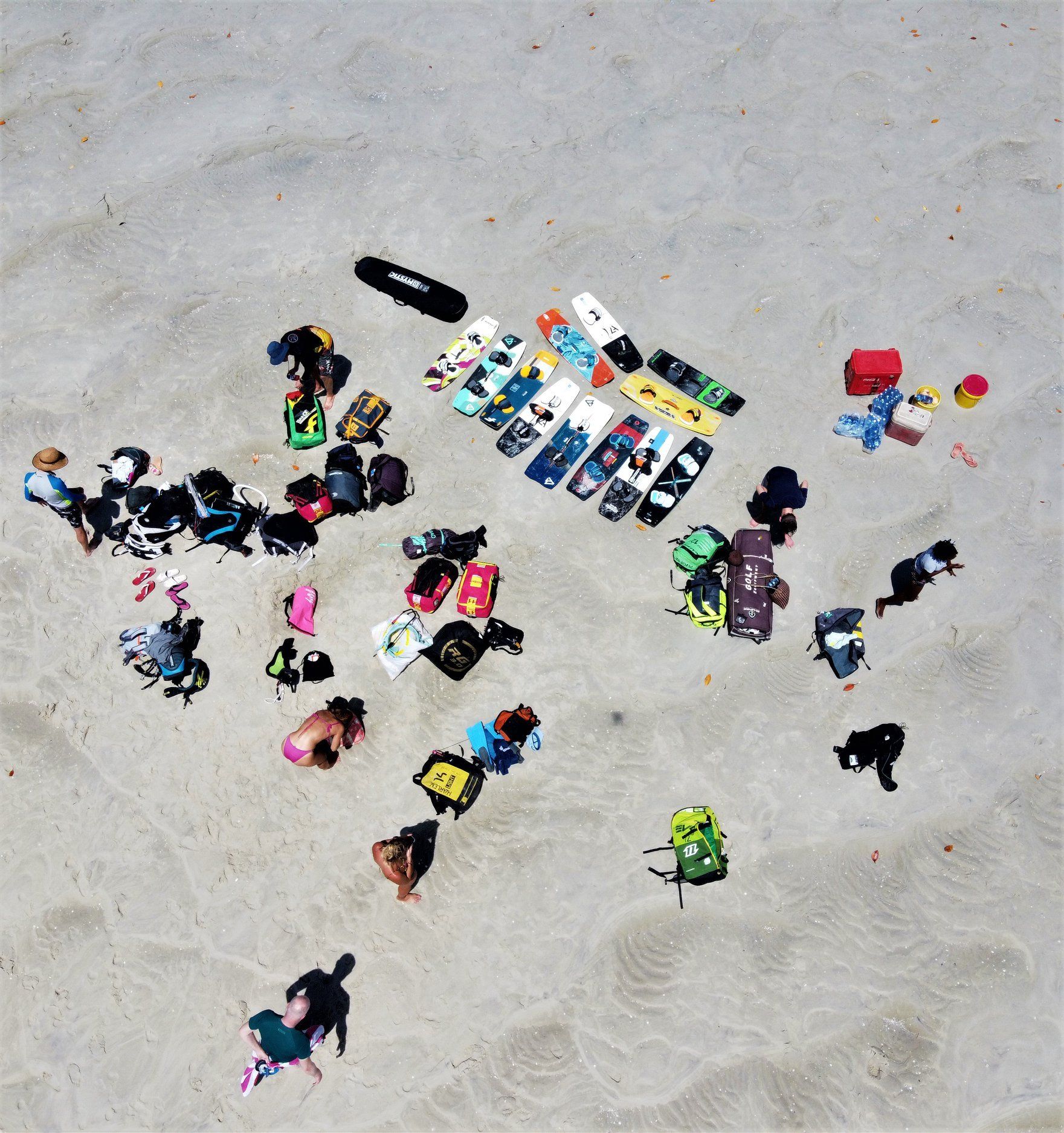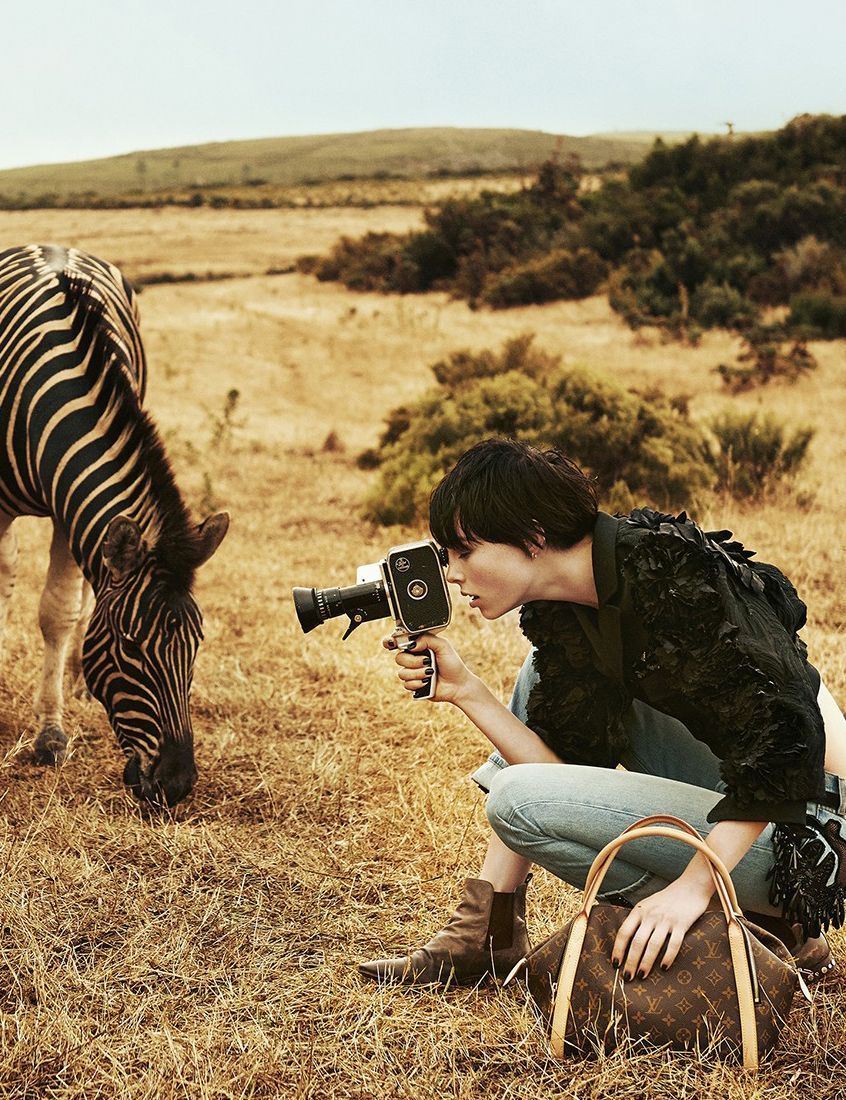Do and dont in Kenya and what to bring
Check the visa requirements for Kenya
Many nationalities need to obtain a visa before departure. Check Kenya’s official visa website and allow time to complete the application. Random checks can mean extra questions for some travelers, even after submitting and payment.
You won’t receive an email confirmation of your Kenya visa application or payment, so you need to log in to check its status. Once issued, print a color copy (or two) of the visa and payment and keep them to hand, even for domestic flights, such as between Nairobi and Mombasa.
Pack smart for Kenya
Watch out for the sun on the coastline. With the constand winds the sun doest feel warm, but you can burn very fast.
Bring lycras, sunscream, protective head. Some restaurants do demand dress code, so bring suiteble light cloths, swimming gear shouldnt be to short as we visit a lot of very remote places. Dont bring more than needed as in every hotel a wash can be done, watershoes can be handy, some places could have sharp rocks for sure if you go out snorkling on the reef, wetsuits are not needed as the water is 28*+
Leave your plastics at home
Kenya banned single-use plastics in 2017, so leave any carrier bags (and preferably single-use plastic water bottles and straws) at home. The bag ban is countrywide – luggage is often scanned, so don’t pack shoes or other items in plastic bags. Single-use plastic bottles and straws are banned in national parks – bring a reusable water bottle from home.
Do you need malaria tablets for Kenya?
The risk of malaria is low in Nairobi, and in the highlands above 2500m (8200ft), as also around the beach.
If you plan to travel up country or a safari you should avoid being bitten. The majority of Kenya falls into a malarial zone, so take advice on which antimalarial is best suited to you between atovaquone/proguanil, doxycycline or mefloquine. Brand names you might be more familiar with include Malarone and Lariam, but check with your physician, pharmacy or travel clinic. Ideally do this a month in advance of your trip, as you may have to begin taking the pills some time before your trip begins.
We do bring malaria test kits with us, if positief you need to take imidiatly 3 pills given by us.
Greet people with “mambo” or “niaje”
“Jambo” is the best-known greeting in this fantastically friendly country, but if you want to show off your sheng (a Swahili and English combo originating among Nairobi’s younger population), try greeting people with “mambo vipi.” The common reply is “poa.” Alternatively, say “niaje,” to which someone will reply with “niaje.”
Feel free to bargain, but don’t go too far
A sense of humor is essential when bargaining. It’s fine to offer a lower price in markets and some shops – many sellers will start with a higher price, and it can be fun to barter and meet in the middle. Few sellers will accept too low an offer so have some fun with it – just bear in mind what you’re prepared to pay and don’t over-haggle. some people are in need of money, dont push them to sell with a loss.
Leaving a tip goes down a treat
Tipping isn’t expected in Kenya, but if you’ve had a good meal or service, leaving around 10% is appreciated. In hotels, you can also tip porters and housekeeping staff. Some calculate it at Ksh100 to Ksh200 (US$1 to US$2) a day while others round it up at the end. Keep small change on you for tips and shopping in markets.
If you’re taking a taxi, round up to the nearest 100, but tips are not always necessary. Taxi apps are popular, and you can add a tip at the end of the journey through the app. Avoid giving money in exchange for preferential service.
Be respectful of local communities
Never take photos of people without asking permission, particularly in rural areas and in Mombasa. If you want to publish any photos, even on social media, it’s respectful to carry a consent form and say “asante” (thank you).
Be particularly conscious around children or other vulnerable people. If you’re given the OK to take a photo, show them the photo. Think twice before visiting a school (or anywhere that would be strange for you to go to in your home country).
Also note: anyone taking photos of infrastructure, airports and the military may come under suspicion.
Dress appropriately – but don’t overthink it
Kenya is moderately conservative, but that doesn’t mean you need to cover your shoulders and knees everywhere. In Nairobi, in towns and on safari, shorts, dresses and sleeveless tops are fine to wear, and the same goes for most beach resorts, although walking around in swimwear isn’t appropriate.
In Muslim communities such as Lamu Town, dressing more conservatively is advised. Loose clothing can be more comfortable in the heat.
Don’t rush – go with the flow
It’s misleading to suggest the whole of Kenya operates on some slower “Kenya time” – Nairobi can have the same pace and rhythm as any major city. But the heat and humidity of the coastal areas, around Mombasa, Malindi and Lamu for example, can mean life is lived at a more relaxed pace. Bear that in mind before expecting certain tasks and services to be carried out immediately, and instead, go with the flow and enjoy a pole pole (“slowly” in Swahili) way of life.
You can boil the tap water in Kenya and drink it
Tap water in Kenya isn’t off-limits. If you have the facilities, you can boil the tap water – it’s soft and sweet – and drink it once cooled. That’s not always an option, in which case filtered water in restaurants and hotels is safe. You can buy plastic-bottled water, but it’s obviously a lot more eco-friendly to bring your own reusable bottle and water filter or tablets. we always provid drinking water.
Pack a power bank
Power cuts in Kenya can occur (they’re usually not for long, in most places), so if you rely on your smartphone, take a power bank and ensure it’s always charged. If you’re going on safari, a spare camera battery for a DSLR is handy, as is a decent flashlight in case of power cuts but also when walking around the safari camp at night. In addition to helping you navigate in low light, it will help you look out for insects and snakes. Headlamps are especially handy if you’re camping, for reading and nighttime bathroom trips.
Don’t be scared by headlines, but know your geography
People often ask, “Is Kenya safe for tourists?” Few incidents involve tourists, especially in game reserves and tourist areas, but a few areas are better to avoid, including but not limited to, within 60km (37 miles) of the Kenya-Somali border, Garissa county and Lamu county (excluding Lamu Island and Manda Island – travel by air if you do). Check the latest guidelines from your government before traveling. In Nairobi, as with any major city, keep valuables safe and your wits about you.
Keep embassy and consulate details to hand
Wherever you’re from, it’s savvy to know contact details of your embassy or consulate. Take photos of your passport, visa and other documents, such as your vaccination proof, and keep them to hand in your phone and accessible on email. Carry an original form of ID if possible. A driver's license is useful if you don’t want to carry your passport with you every day.
What to pack for Kenya
What to pack for Kenya will vary according to the trip style you have chosen and when you are travelling. Kenya is a big country and the climate varies a lot between the mountainous areas like Mount Kenya and Ngong Hills and coastal cities like Mombasa and Lamu. Whether you're going on safari in Serengeti National Park or you're heading on an overland adventure through the heartland of the Maasai, here are some essential items to pack.
We recommend you pack as lightly as possible so you can carry and lift your own luggage and walk with it for short distances. Most travellers find a backpack is more practical than a suitcase, but an overnight bag with a shoulder strap will do if you travel lightly. Backpacks with wheels are convenient, although we recommend your bag has carry straps. You'll also need a day bag to carry water, a camera, snacks and other essentials for day trips.
What is the dress code in Kenya?
Similar to many other African countries, Kenyans dress conservatively so it's important that you do the same to respect the local culture and customs. Dressing conservatively doesn't mean you need to cover yourself from head to toe, but you should wear long, loose-fitting clothing that covers your knees, shoulders, midriff and chest. Long layers are also more effective in keeping you cool and protecting your skin from the sun and insects.
At hte beach you can just dress like going to beach of your country.but beaware of the sun, lycra is almost a must if going for longer than 20 min in the sun
Kenya packing essentials
1. Closed in walking boots
If your Kenya trip includes camping or bushwalking we highly recommend you bring a pair of comfortable, closed-toe walking boots. Walking boots will give you more cushioning, protect your ankles and prevent cuts and scratches when walking through bush and grasslands. They also act as a barrier against bites or stings from insects.
2. Light, loose clothing
You'll need a mixture of lightweight clothing that you can layer up or down. Knee-length shorts, long pants and long-sleeved shirts are ideal for warmer weather, but they'll also protect your skin against the sun and mosquitoes. You'll also need some warm items for the evening. Aim for breathable fabrics like linen and cotton, and avoid nylon and other synthetics which can be very uncomfortable in hot weather. Ex-military or military-style clothing is not recommended.
3. Smart casual outfits
You might also want to bring a couple of smart-casual outfits in case you go out for evening drinks or dinner. A pair of jeans and a shirt or blouse will do just fine.
4. Sandals
As well as hiking shoes, you'll also need a pair of sandals or thongs to throw on where you're relaxing at your accommodation, heading out for a meal or going for a casual stroll. They're not as clunky and are easy to throw on and off.
5. Warm fleece and a beanie
The days are warm throughout the year, but you'll definitely want a warm fleece or jumper and a beanie to pop on for early morning starts and evening game drives as the temperature drops when the sun goes down.
6. Sun protection
Kenya is located on the equator and the sun is strong all year round. A wide-brimmed sunhat, sunscreen and sunglasses (ideally polarised) are essential. Aim for water-resistant and high SPF sunscreen to protect your skin while you're out exploring.
7. Travel towel
A quick-dry towel is lightweight and dries in no time. It's way more practical for camping and showering on the go and won't take up too much space in your bag.
8. Waterproof toiletry bag
A waterproof toiletry bag is a more practical option than a soft toiletry bag as you can hang it in the shower and keep your clothes dry - very useful if you're staying at camps with basic shower structures.
9. Headlamp
A high-beam headlamp or torch is very handy for walking around a campsite at night. Some camps have limited lighting and are powered by generators that switch off at a certain time. Although trucks carry lamps for mealtimes, it’s a good idea to bring a headlamp to navigate the campsites and go to the bathroom at night.
10. Personal medical kit
Your guides will carry a large first aid kit but we recommend bringing a mini kit with you to ensure you're prepared for any minor scratches, insect bites, blisters sunburn. It doesn't have to be anything fancy, but a pack of antibacterial wet wipes, a small bottle of antiseptic ointment, a packet of bandaids, some tweezers and soothing calamine lotion or aloe vera gel should do the job. You might also want to bring a pack of mild pain killers, electrolytes and anti-diarrhoea tablets for any upset tummy issues.
11. Insect repellent
Mosquitoes (and the diseases they carry like malaria) are prevalent in Kenya, and even more so during the wet seasons. Bring a big bottle of insect repellent to spray generously over your skin to prevent pesky bites, especially around your ankles and places that might not be covered by your clothes.
12. Water bottle
We recommend bringing a bottle with at least a 1.5 litre capacity. Not only does the sale of single-use bottles contribute to a huge environmental problem around the world, but the majority of Kenya is hot all year round so it's important to stay hydrated.
13. Camera
When you're going to Kenya, a camera is a no brainer. You'll see so many incredible sights and wildlife that it'll be hard to put your camera down! Most smartphones nowadays have brilliant cameras, but if you want to turn your photography game up a notch, it might be worth bringing a proper camera. Make sure you also bring a spare battery or charger to top up the juice throughout your trip.
14. Waterproof/windproof jacket
Some parts of Kenya experience one or two wet seasons every year, so depending on when you visit, you might also need a lightweight waterproof jacket. It can also keep you warm in the early mornings or evenings when it's cool or slightly windy.

